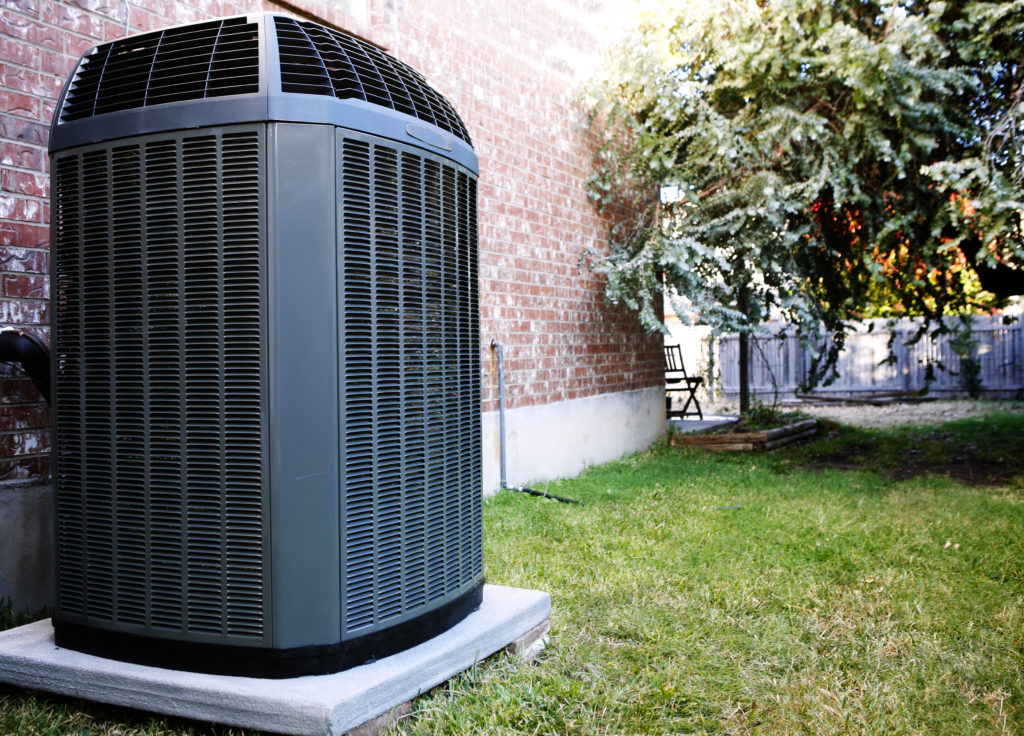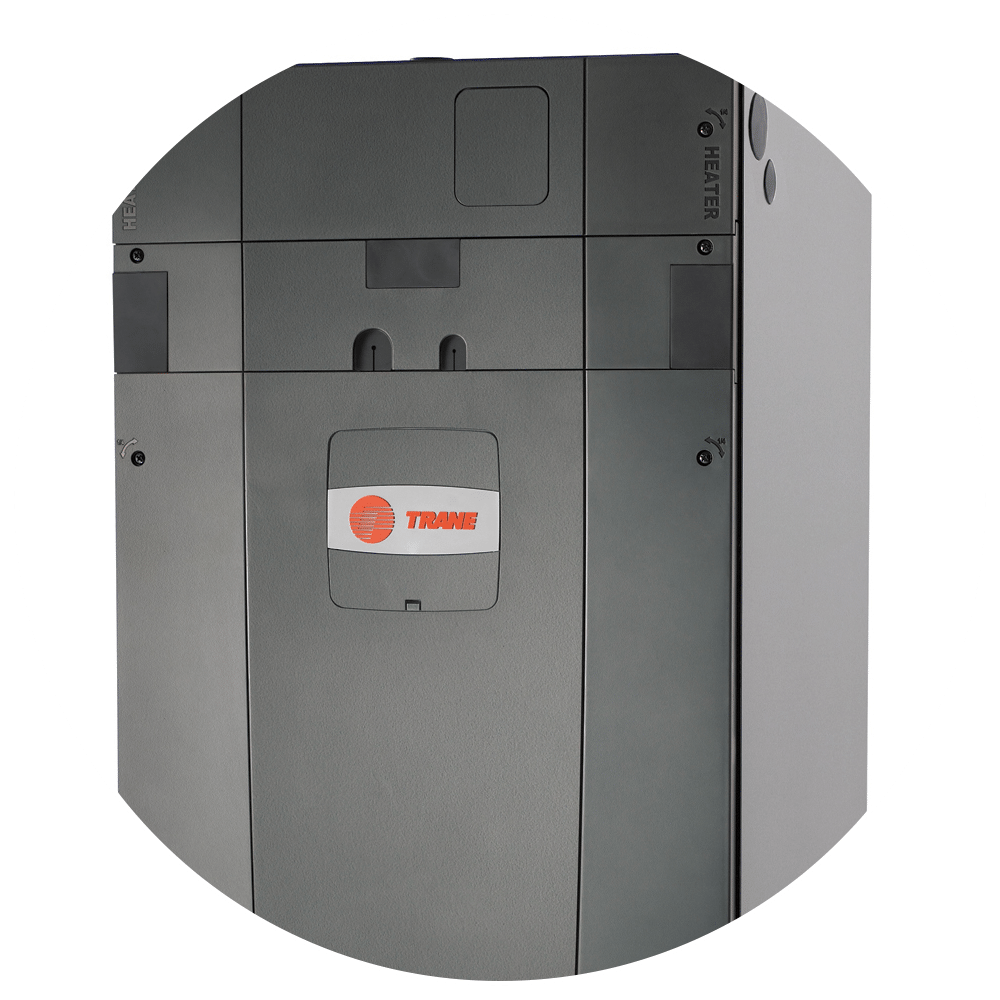7 Tips To Keep Your Water Heater Running Efficiently

Your water heater is easy to forget about. Every morning you get up and take your shower, and hot water flows through your home just like it has every morning before, but as it does its job, your water heater is using valuable energy. There are some maintenance steps you can take to make it run as efficiently as possible and also extend its life. If you've been wondering what water heater maintenance Los Angeles HVAC pros recommend, here's what the team at NexGen Air wants you to know.
How to Maintain My Water Heater so It Runs Efficiently
To keep your water heater efficient, you will want to:
1. Turn Down the Temperature
Hot water is a necessity, but you may not need the water to be quite as hot as you think. Every 10 degrees you lower your heater will save about 3 to 5 percent on your energy bills, and also keep your heater from working too hard. Instead of the 140 degrees most heaters are preset for, lower it to 120. However, don't go lower, as too cool will allow more mineral buildup.
2. Drain the Tank
One of the problems that plague water heaters is sediment and debris. Drain ¼ of the water in the tank several times a year to reduce this problem. Before draining, turn off the electricity or gas to put out the pilot light, then hook up a hose to the drain and run for 10 to 15 minutes.
3. Insulate the Pipes
Insulate all exposed hot water pipes. This will help in two ways. First, it will stop heat loss. Second, it will help your water to arrive hotter at the faucet. This means less time running the water and waiting for it to warm, so not only will you lose less heating energy but you will also lose less water.
4. Add an Insulation Blanket
Putting an insulation blanket around the water heater will improve its efficiency, particularly if you have an older unit. In fact, you could see a 45% reduction in heat loss with this addition.
5. Use Less Hot Water
If you have a family with four people, and each of those four people showers for five minutes a day, you will use 700 gallons of water a week. That's a significant amount. To make your water heater more efficient, use less hot water. Low-flow showerheads and faucet aerators on bathroom and kitchen faucets will help. These steps can reduce hot water use by up to 60%.
6. Schedule Annual Hot Water Heater Inspections
Have a professional HVAC technician inspect your water heater once a year. This will ensure that any small problems that are developing are addressed before they hurt the system's efficiency or cause a system breakdown.
7. Change the T&P Valve
The T&P Valve release pressurized hot water when the pressure builds to a high level inside the tank. As it wears out, it may start releasing water too often. You can address this by either lowering the temperature in the water heater a few degrees or replacing a faulty or failing valve.
Call NexGen Today
NexGen Air is an HVAC company in Los Angeles that offers a full list of water heater maintenance,
bathroom, and plumbing services. Our expertise and commitment to customer satisfaction make us the leading HVAC company in Southern California. To learn more about our equipment, services, and protection plan,
book an appointment online or call
888-277-0415.
10 HVAC Facts

HVAC is not something the average person understands, whether you own your own home or currently rent an apartment unit, monthly utility bills are often a big question. You never really know what it might cost when you open that envelope. Wouldn't it be nice to no longer worry about the number looking back at you? By cutting down energy consumption, you can save hundreds, if not thousands of dollars every single year.
You've probably heard many of the common energy saving recommendations, such as switching out old light bulbs for new energy saving options. However, by looking further into these 10 HVAC facts, you'll not only learn a bit more about your heating and cooling system, but also a few ways to trim down monthly energy consumption.
1. Where Does Most Energy Usage Come From?
Did you know the vast majority of your energy consumption comes from three different appliances in your home? That's right. 75% of your home's total energy usage stems from your water heater, air conditioner, and furnace. This means if you can improve the energy efficiency of these three appliances you'll save a substantial amount throughout the year. But what options do you have? First, how old is your water heater? An old water heater bleeds energy. If it is time for an upgrade, consider a tankless water heater.
2. Almost Half of Homeowners Don't Know What Their Monthly Electric Bill Is
Yes, 47% of homeowners don't know what they're spending on electricity. Would you do that for your mortgage, rent, car insurance or cell phone? Probably not. You need to know what you are paying and monitor changes in monthly bills. By doing this, you'll have a better understanding of what you're paying and how it changes throughout the year. This way, you can make necessary changes to improve energy efficiency.
3. Sleep Better With the Right Temperature
Struggling to sleep? Maybe it's your home's temperature. Optimal sleeping temperatures are between 65 and 72. Do different family members need varying room temperatures to sleep? Consider switching to a ductless multi-room system. This allows you to control each room's temperature directly and can save you money along the way (as you're no longer cooling or heating the guest bedroom or other areas of the house you rarely use).
4. 10 Degrees is 14%
According to the American Council for an Energy-Efficient Economy, if you turn down your thermostat 10 degrees while out of the house and at night, you'll save 14% on your energy bill. With a programmable thermostat, you can easily make this change. A smart thermostat gives you, even more, control, allowing you to change the home temperature from your smartphone.
5. Save With Cooler Water
Everyone loves a hot shower. But do you need it that hot? If you turn down the temp on your water heater by 10 degrees, you can save up to 5% annually on energy costs. If your water heater is on the older side, replacing it can help boost energy efficiency even further.
6. Monthly HVAC Savings
By transforming your house into an energy-efficient home, you can save at least $75 a month. Over the span of 30 years, this equals a savings of $27,000.
7. Replace That Old Furnace
A furnace's life expectancy is 20 years. However, as it ages, it becomes less efficient. This is why you need to have it annually inspected in order to maintain performance and reduce energy costs. Every year, newer furnaces are sold with improved energy efficiency ratings.
8. The AFUE Rating
Did you know your heating system's AFUE rating can tell you the percentage of fuel consumed for heat and what you're losing? Stay on top of this to see if there is a change. It means you're losing fuel in the transfer. Insulation options can help cut fuel loss and improve your heating system.
9. Beware the Power Vampire
There are many appliances that still draw power, even when turned off. These appliances are referred to as "Power Vampires." Consider either unplugging unused appliances or connecting everything to a power-saving power strip. Throughout the United States, all the energy lost to power vampires annually is enough to power 7,387 homes a year.
10. The Love of Central Air
According to the US Census Bureau of the American Housing Survey, 65% of households have central AC. Only 22% use a room or window unit. The rest either don't have AC or use an alternative cooling method. AC units can kill your energy bill if you're not careful. In fact, the amount of energy the United States uses annually to run AC units is the same amount of energy, in total, used by the entire African continent.
Call NexGen Today
Our expertise and commitment to customer satisfaction make us the leading HVAC company in Southern California. To learn more about our equipment, services, and protection plan,
book an appointment online or call
888-277-0415.
Why Go Tankless? The Benefits of Upgrading from Your Tank-Type Water Heater

Hot water on demand is one of the best perks a home can provide, right along with air conditioning and the garbage disposal. However, like any other major home appliance, water heaters eventually break down, especially storage tank water heaters. If your storage tank water heater has seen better days, it could be time to consider upgrading to a tankless water heater.
The Perks of a Tankless Water Heater
Whether or not you need to replace your water heater, the benefits of installing a tankless water heater are worth the cost and effort. Storage tank water heaters need to run constantly to keep the water inside the tank hot. Generally storing 30-50 gallons of hot water, there’s a limited hot water supply. What’s also important to note is that the operating costs of a tank storage water heater are expensive because it’s always running to keep the water heated. In comparison to the 20-30 lifespan of a tankless water heater, the average lifespan of a storage tank water heater is 10-15 years. The benefits of a tankless water heater include much more than efficiency, and here’s why.
No flood risk
A tankless water heater doesn’t have a tank that can crack or rupture. When a storage tank water heater has reached the end of its warranty, it might mean 30-50 gallons of water flooding your basement. This occurs when there’s enough of a buildup of mineral deposits inside the water heater’s tank, creating pressure until it bursts and resulting in some devastating water damage.
It doesn’t take up much space
One great perk, especially if you have plans to renovate the basement, is that a tankless water heater takes very little space. Without the 30-50 gallon tank, you can mount a tankless water heater just about anywhere.
They’re energy efficient.
Since there is no tank, which means there is no standby heat loss, a tankless water heater literally provides hot water on demand. A storage tank water heater needs to constantly heat the water inside the tank, regardless if you’re using the hot water or not. A tankless water heater can provide up to 5 gallons of hot water a minute, but no hot water is wasted.
You save money
Because they’re energy efficient, tankless water heaters use 30-50 % less energy than storage tank water heaters, resulting in homeowners saving up to $100 and more a year. Most tankless water heaters also come with a tax rebate.
It’s better for the environment
For the eco-conscious homeowner, tankless water heaters not only benefit the environment by being energy efficient. In fact, most tankless water heaters are built from recyclable materials, which mean one less major appliance ending up in the landfill.
What to Consider When Installing a Tankless Water Heater
If you’re ready to invest in a tankless water heater, it’s important to first consider the different types of tankless water heaters and what works best for you. Size, fuel type, and efficiency are a few important factors to think about when selecting a tankless water heater. Before contacting a plumber, consider the following.
Fuel type
There are three fuel types for a tankless water heater: gas, propane, and electric. Picking a fuel type usually depends on what type of fuel is available in your area and switching fuel types can be costly. Gas is much faster and efficient at heating water, but requires a high heat output. Electric tends to be cheaper to install, but demands a great deal of electricity to operate.
Gallons per minute (GPM)
Since a tankless water heater doesn’t use a tank, this means calculating the size in a different way. A tankless water heater delivers hot water on demand, so you need to determine how much gallons per minute (GPM) each appliance in your home needs and what the peak water consumption rate is in your house, before determining a size. If, for example, you typically have a shower, the dishwasher, and washing machine all running at the same time, you would have a GPM of 3.5 - 7.5.
Groundwater temperature
The temperature of incoming groundwater impacts the speed and flow of your tankless water heater. For homeowners who live in a cooler climate, for example, they will need a tankless water heater with a higher GPM to meet their hot water demands. Homeowners who live in a hot climate where it seldom hits freezing temperatures, should consider an outdoor tankless water heater.
Different Maintenance For Different Types
It’s also important to consider what’s involved in maintaining your brand new tankless water heater before installing it. How much maintenance will depend on the fuel type of your water heater as well as how much your water is laden with minerals. Homeowners who run on hard water should flush their water heater every 6 months. Electric tankless water heaters require little maintenance other than some routine cleaning. Gas tankless water heaters however, should be inspected annually to verify for safe fuel combustion and any other general maintenance.
Stop Paying High Water Utility Bills
Don’t let your wallet and lifestyle suffer a day longer, not when a tankless water heater can cut down your utility bills by 20%.
Call NexGen Today
Our expertise and commitment to customer satisfaction make us the leading HVAC company in Southern California. To learn more about our equipment, services, and protection plan,
book an appointment online or call
888-277-0415.











